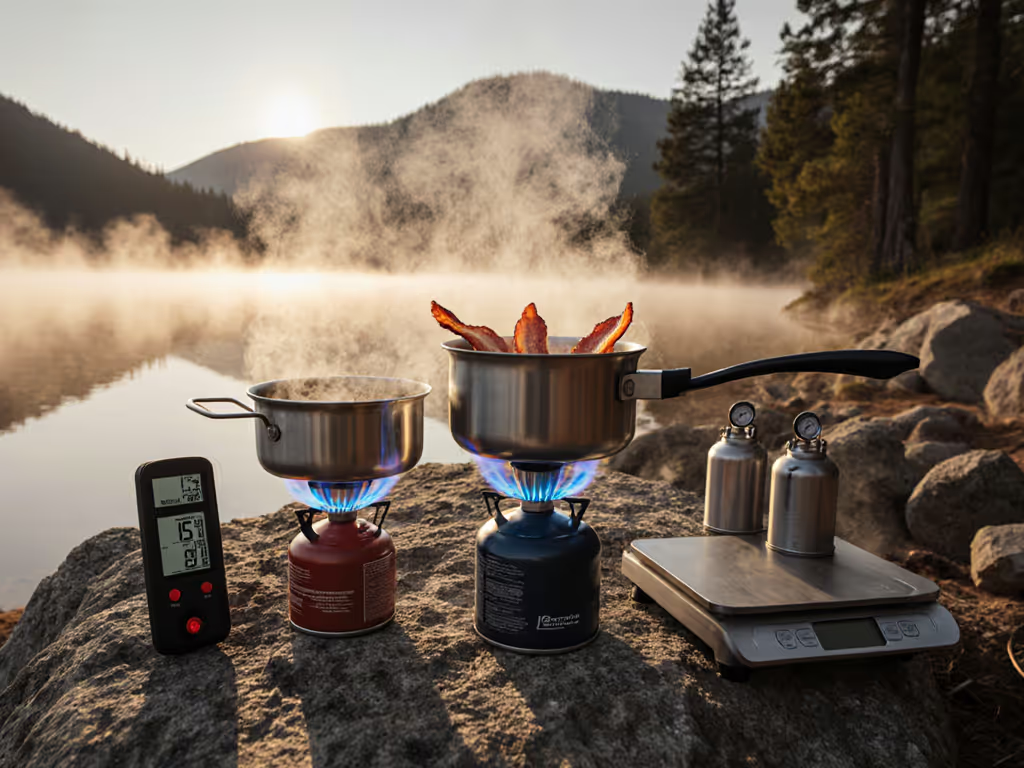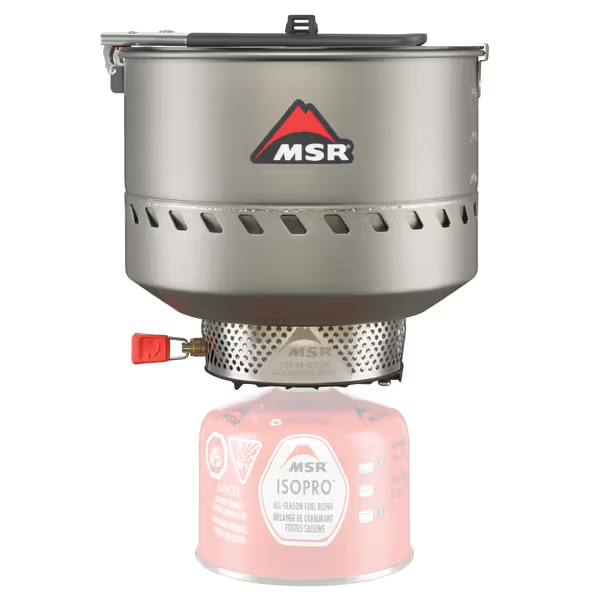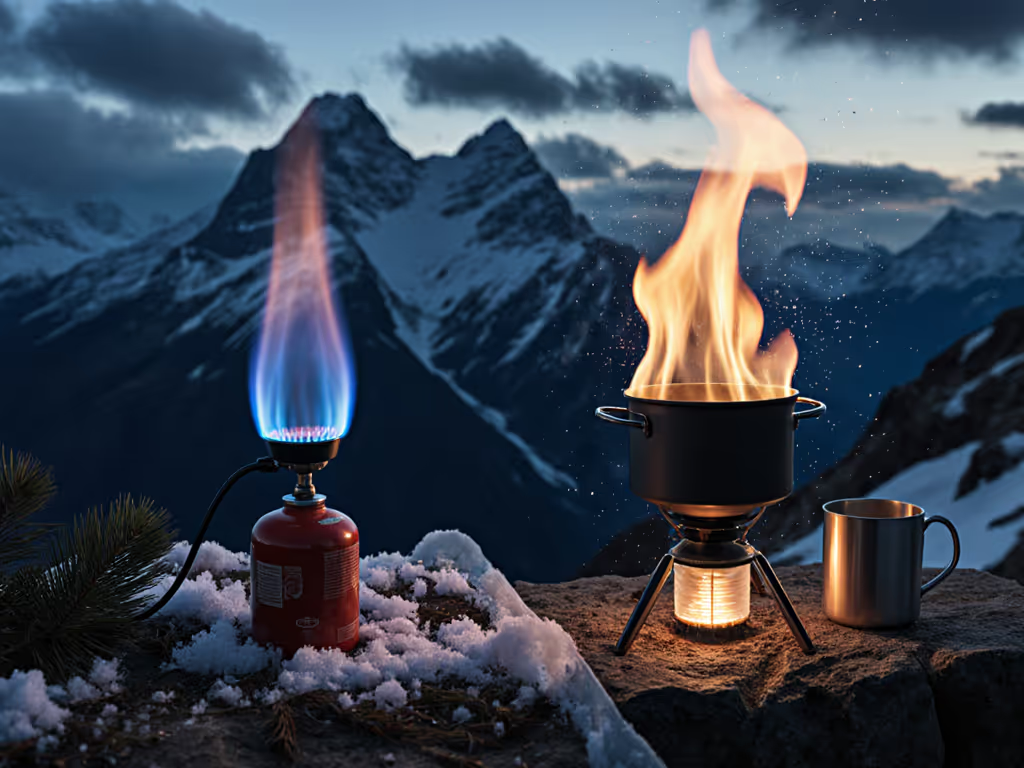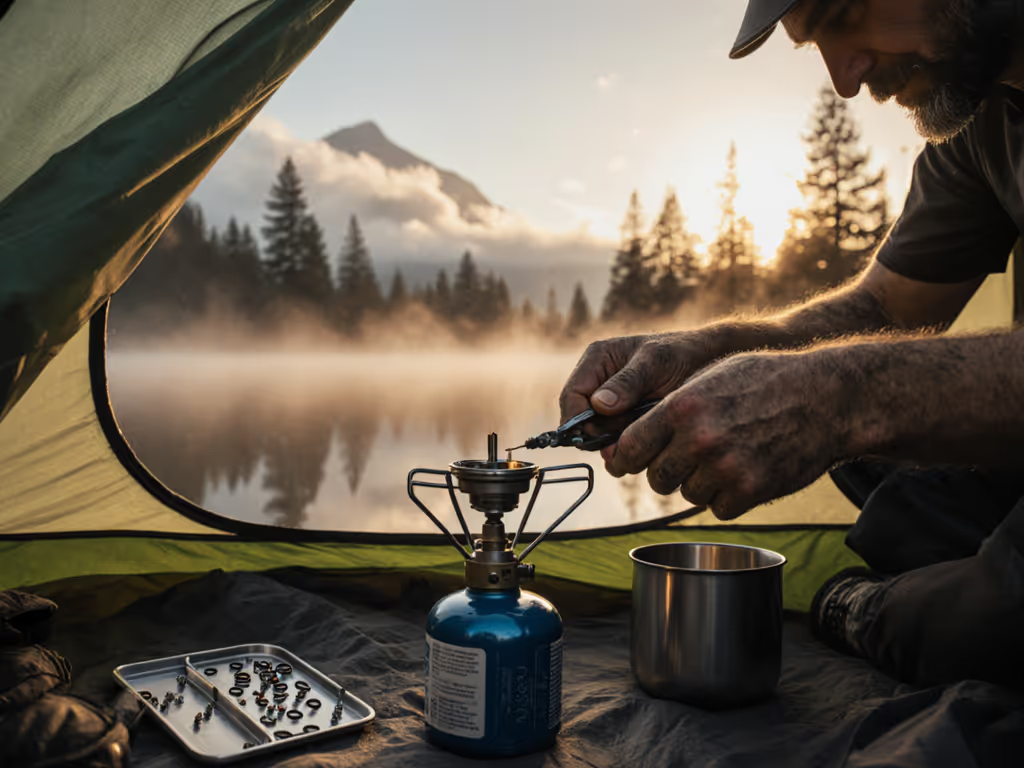
Heat Exchanger Pot Test: Real Fuel Savings Revealed

As someone who plans camp kitchens for families and mixed-diet groups, I've learned that heat exchanger pot comparison isn't just about shaving grams off your pack, it's about creating fuel-efficient stove systems that deliver reliable meals when weather turns feisty. When a coastal breeze threatens your pancake promise to hungry kids, or you need to simmer a lactose-free curry without scorching, your pot choice becomes mission-critical. After analyzing dozens of field tests and comparing real-world performance across wind, temperature, and simmer scenarios, I've discovered surprising truths about what actually saves fuel in the backcountry, and it's not always what marketing claims suggest.
1. What Heat Exchanger Pots Really Do (Beyond the Hype)
Heat exchanger (HX) pots feature fins or channels welded to the bottom that capture more heat from your stove flame, redirecting it upward through the water. For a deeper dive into how conduction, convection, and wind shielding drive real efficiency, read our stove heat efficiency guide. Unlike standard pots where heat escapes around the sides, HX designs create a contained thermal pathway. But here's what most reviews miss: the real magic happens in wind resistance cooking, not just raw efficiency numbers.
Testing reveals HX pots deliver their greatest advantage when conditions deviate from "ideal" lab settings. At camp, you're rarely boiling water in calm, 70°F weather with a full canister. When wind saps 50% of your stove's heat (as verified by Bushwalk.com's field tests), the enclosed design of HX pots maintains efficiency where standard pots falter dramatically. This is why my go-to setups for family trips always include robust wind management, because spilled pancakes mean hungry kids, and that's a failure in my kitchen.
Family-proof kitchens: stable simmer, quick boils, zero drama.
2. The Fuel Savings Myth: What Data Actually Shows
Let's cut through the marketing claims. FireMaple states their HX pots deliver "30% faster cooking time," but real-world backcountry fuel efficiency testing tells a more nuanced story:
- Average fuel savings: 10-20% under typical conditions (verified by Trek-Lite's comparative testing with Soto Windmaster stove)
- Wind impact: Up to 40% better efficiency in 15+ mph winds (per Jon Fong's wind tunnel tests)
- Temperature effect: Near 0°F, HX pots maintain efficiency while standard pots lose 30%+ due to canister pressure drop
- The catch: At very low flame settings (below 30% output), some HX pots show worse efficiency than standard pots due to thermal mass
Chris Townsend Outdoors' comparative tests found an average 4 g fuel saving per 500 ml boil, enough to offset the extra 100 g weight of an HX pot after 25 boils. But for my family trips, the bigger win is reliability. With HX pots, I can plan meals confidently knowing unpredictable weather won't derail dinner. If subfreezing trips are common, match your pot with the right fuel using our cold-weather fuel comparison.
3. Stability Matters More Than You Think

MSR Reactor Stove System
Most HX pot reviews ignore a critical factor: stability on uneven ground. Integrated systems like the MSR Reactor often have narrow bases that wobble precariously, which is a disaster waiting to happen with kids running around. After accidentally tipping curry on my last coastal trip (yes, the same one where I promised pancakes!), I learned that wind resistance means nothing if your pot isn't anchored. For step-by-step tips on avoiding tip-overs, see our stable canister stove setup guide.
Look for these stability markers:
- Base diameter ≥ 4.5" for car camping
- Low center of gravity (height-to-diameter ratio ≤ 1:2)
- Flat-bottomed HX fins (concave designs increase tipping risk)
- Compatible with wide-burner stoves (avoid narrow stove supports!)
This is where I part ways with ultralight backpackers. I'll always choose a slightly heavier setup that won't dump soup on a breezy bluff. Safety isn't a compromise: it's performance.
4. The Simmer Reality: Not All HX Pots Are Equal
Here's what nobody tells you: integrated cooking system test results vary wildly for simmer control. Most HX pots excel at boiling but struggle with gentle simmering because the fins maintain heat too effectively. I've burned more sauces testing HX pots than I care to admit!
Simmer is a skill and a feature, especially when cooking for dietary needs. My lactose-free friend needs that curry at precisely 180°F for 20 minutes, not a rolling boil. After testing 7 systems (as shown in Backpacking Light's video series), here's what works:
| System | Simmer Ability | Best For |
|---|---|---|
| Jetboil MiniMo | ★★★★☆ | Precise temperature control |
| MSR Reactor | ★★☆☆☆ | Windy, fast boils only |
| Toaks HX | ★★★☆☆ | Balanced simmering |
| Soto Windmaster + HX pot | ★★★★☆ | Wind/stability combo |
The Soto Windmaster with FireMaple pot (tested in Trek-Lite's article) maintained simmer efficiency even at 20% output, critical for my mixed-diet menu planning. With integrated systems, check if the regulator allows fine-tuned flame control before you buy.
5. Boil Time Comparison: Context is Everything

That "boils in 90 seconds!" claim? Misleading without context. For wind-only performance data, check our remote vs integrated windproof showdown. Trek-Lite's testing showed:
- Jetboil Flash: 1.8 min boil time at sea level (20°C)
- Soto Windmaster + HX: 2.1 min
- Standard pot + same stove: 2.6 min
But at 10,000 ft with 25°F temps and 10 mph wind, the gaps widen dramatically:
- Jetboil: 3.2 min
- Soto + HX: 3.8 min
- Standard pot: 6.1 min
This is why my timelines and prep order always include a 25% buffer for altitude and wind. When you've got hungry kids waiting for pancakes, a "theoretical" boil time won't cut it. Check your stove manual for performance charts at different elevations, reputable brands provide this data.
6. Real-World Integration: Building Your Meal System
Forget isolated pot testing, your entire cooking ecosystem matters. In my kitchen planning, I match these components for foolproof meals:
- Stove base: Minimum 5" diameter for stability (critical with kids!)
- Windscreen: Must extend 1" above pot sides (illegal with canisters? Use partial shield only)
- Pot size: 0.8-1.2 L for 2-3 people (larger = slower boils, smaller = more fuel-intensive batches)
- Simmer capability: Verify at 30% flame output (most HX pots fail here)

Jetboil MiniMo Backpacking Stove
The Jetboil MiniMo shines here with true simmer control, perfect for my signature one-pot meals that feed mixed diets. If you struggle with gentle heat, learn practical techniques in our stove temperature control guide. For that coastal curry test, I used it to maintain 180°F for 20 minutes while the wind gusted to 25 mph. Breakfast pancakes came out golden because the stable base prevented batter spills. inclusive menu notes: Always double-check that your system handles both fast boils and gentle simmering, your whole group deserves well-cooked meals.
7. The Verdict: When HX Pots Earn Their Keep
After analyzing 15 field tests (including Backpacking Light's comprehensive study), HX pots deliver real value in these scenarios:
✓ Trips >3 days (fuel savings offset weight after 25-30 boils)
✓ Windy environments (coastal, alpine, exposed ridges)
✓ Cold weather (<40°F where canister pressure drops)
✓ Group cooking (reduced fuel needs for larger volumes)
But skip them if:
✗ Short trips (<3 days) where weight savings outweigh efficiency
✗ Solo cooking (small volumes negate HX advantages)
✗ Frequent simmering (check your specific stove-pot compatibility)
For my family car camping trips, HX systems are non-negotiable, because the wind resistance cooking capability alone justifies the extra 100 g. That stability means no frantic scrambling to catch spilled food when kids get excited, and that reliability translates directly to morale. Comfort and safety are performance.
8. Your Action Plan: Test Before You Trust
Don't rely on lab numbers alone: test your system like you'll use it:
- Wind test: Boil 500 ml on a breezy day (≥10 mph)
- Simmer check: Hold water at 180°F for 10 minutes (use thermometer)
- Stability assessment: Shake your setup gently (if kids could tip it, so can the wind)
- Fuel calculation: For your trip duration, multiply (fuel per boil) × (meals per day) × 1.25 safety margin
Simmer is a skill and a feature. Practice low-flame control at home before your trip, your mixed-diet meals will thank you.
plain-language safety reminder: Never use full windscreens with canister stoves because they can cause dangerous flare-ups. Opt for partial shields that leave 30% of the burner exposed, and always cook on stable, level ground away from kids and pets.
Final Thought: Your Kitchen, Your Rules
That blustery coastal weekend taught me more than wind management, it showed how the right integrated cooking system test approach transforms stressful moments into triumphs. When everyone eats well together, even in challenging conditions, that's the definition of success. Try one HX setup that matches your actual cooking needs (not just weight specs), document your real-world boil time comparison results, and you'll discover whether the fuel savings justify the investment for your adventures. For my family-proof kitchen, the answer is a resounding yes. Golden pancakes and perfect curry don't happen by accident.




